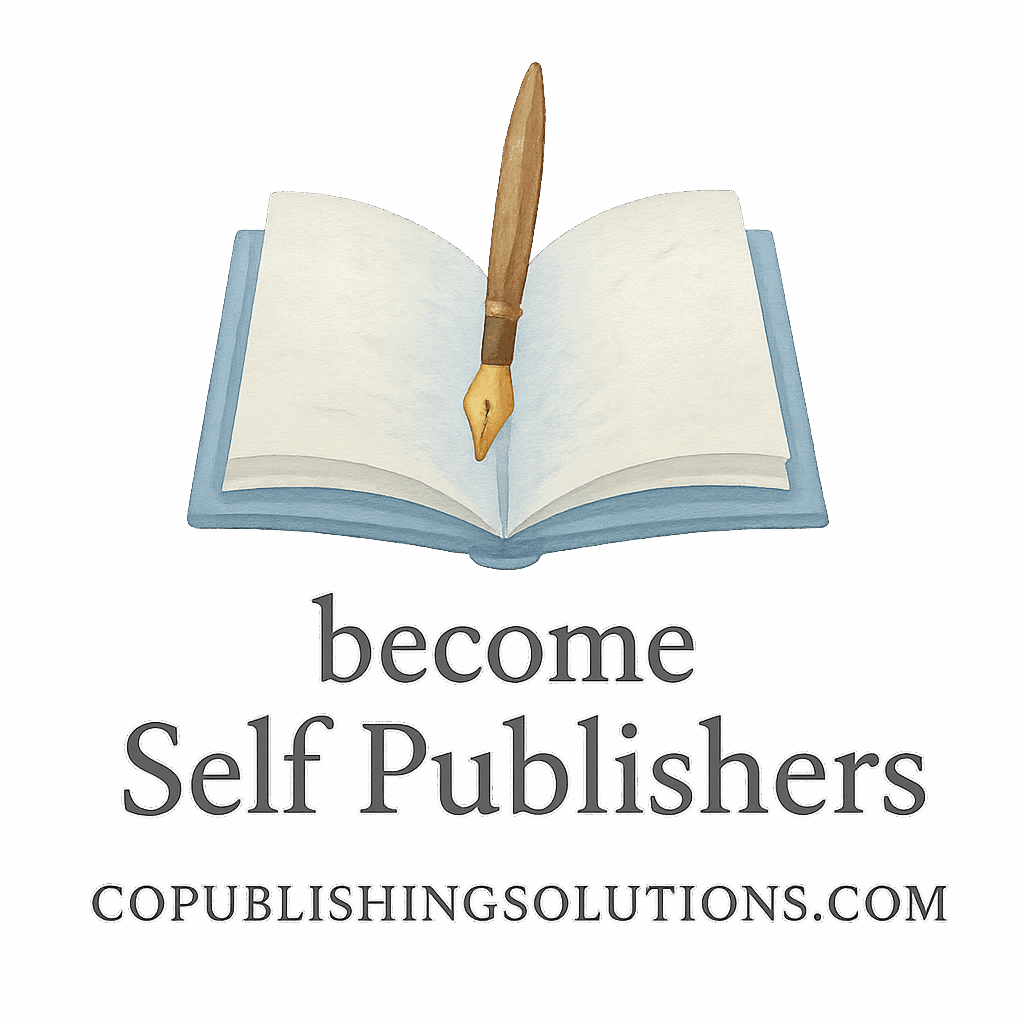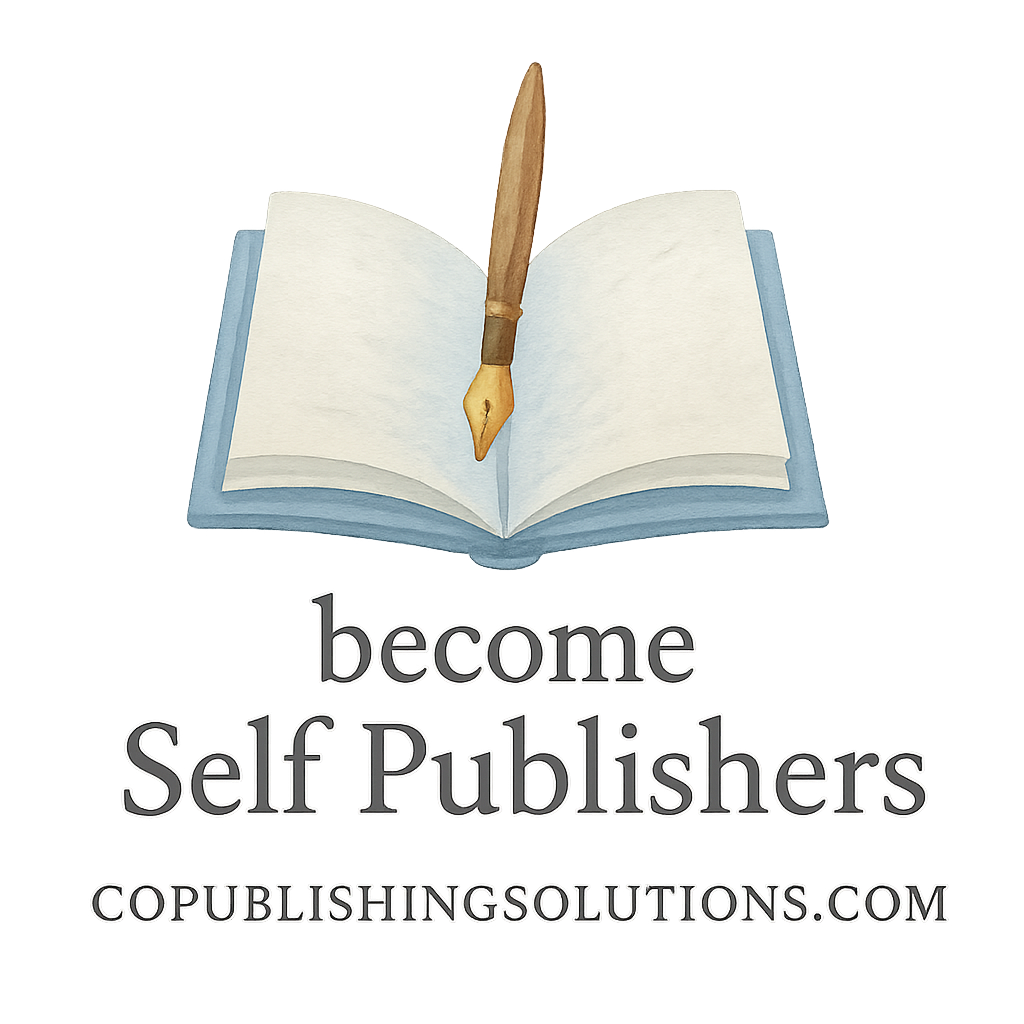Before you hit that publish button, there’s one essential question to ask: Who are you talking to?
If you don’t know, your content might end up lost in the internet void—unread, unshared, and unprofitable.
Let’s fix that. In this guide, we’ll explore six powerful ways to define your audience before publishing, so your words hit the right eyes and your message truly connects.
Why Defining Your Audience is a Game-Changer
Ever tried talking to everyone at once? It’s like shouting in a crowded room. Defining your audience lets you whisper directly into someone’s ear—the person who needs your message the most.
It’s the bedrock of effective content strategy, marketing success, and long-term publishing growth.
Whether you’re new to publishing or a seasoned author, knowing your audience is how you turn readers into fans—and fans into customers.
Want to dive deeper into strategies for growth? Check out our insights on Advanced Publishing Growth.
Understanding the Power of Reader Insight
Knowing your audience isn’t just about numbers. It’s about empathy.
It’s about stepping into their shoes and solving their problems like a trusted friend, not a pushy marketer.
1. Analyze Demographics Like a Pro
Let’s start with the obvious—but essential. Who is your audience? Start with the basics.
This is your audience in broad strokes, and it lays the foundation for all the juicy, detailed targeting to come.
Break Down the Basics
Understanding your reader starts with questions like:
Age, Gender, Location
Are they teens, parents, retirees? Are they based in New York or Nairobi? Knowing this helps you shape both tone and relevance.
Education and Occupation
A post on self-publishing tools will look very different if your audience is full of tech-savvy marketers vs. stay-at-home beginners.
For help targeting different levels of publishing experience, check out Self-Publishing Basics.
2. Discover Reader Interests and Pain Points
To define your audience, you need to understand what makes them tick—and what keeps them up at night.
Ask: What Keeps Them Up at Night?
Think about your ideal reader and ask:
- What problems are they trying to solve?
- What motivates them?
- What are they afraid of?
That’s your content gold mine.
Tools to Uncover Reader Questions
Use free tools like:
- Google’s People Also Ask
- AnswerThePublic
- Reddit Threads
- YouTube Comments
These platforms are treasure troves of raw, unfiltered audience concerns.
Use Comments, Forums, and Surveys
Ask directly. Poll your email list. Dive into Facebook Groups.
Audience research isn’t just analytics—it’s conversation.
Want more insights on turning audience insights into money? Don’t miss our Marketing & Monetization strategies.
3. Create Detailed Audience Personas
Once you’ve gathered your data, it’s time to get personal.
Personas Turn Data Into Real People
Instead of saying “my audience is women 25-35,” say “Emily, a 28-year-old freelance writer from Austin who dreams of launching her own self-published book.”
Name Them, Give Them Faces
Give each persona a:
- Name
- Background
- Goal
- Frustration
- Favorite platforms
Suddenly, you’re not writing for a faceless blob. You’re writing for Emily.
Tailor Content for Each Persona
Different people need different formats. Some love detailed guides. Others just want quick tips or a checklist.
Segment and adjust.

Learn more about tailoring your publishing content strategy here.
4. Check Out the Competition
Your competitors already talk to your audience. Don’t ignore what’s working.
Who’s Winning Their Attention Right Now?
Look at top-performing blogs, books, and influencers in your niche.
Analyze What’s Working For Others
What kind of headlines do they use? What tone? What pain points do they tackle?
Tools like BuzzSumo or SEMrush can reveal top-performing content.
Identify Gaps You Can Fill
Find where your competitors are falling short—and swoop in.
That’s your edge.
Want to stand out in a crowded market? Our tips on Publishing Tools & Platforms can give you an advantage.
5. Segment Your Audience Smartly
Not everyone is in the same stage of the journey. One-size-fits-all rarely works.
Don’t Speak to Everyone at Once
Trying to appeal to beginners, experts, and everyone in between? You’ll just confuse them all.
Divide By Stage, Intent, or Format Preference
Segment by:
- Beginner vs. advanced
- Informational vs. buying intent
- Readers who love ebooks vs. podcasts
For content tailored to beginners, check out our Beginner’s Tag.
6. Validate Your Assumptions with Real Data
Don’t rely on guesswork. Even educated guesses need validation.
Trust Analytics Over Guesswork
Use tools like:
- Google Analytics for reader behavior
- Email Click-Through Rates for engagement
- Social Shares & Comments for emotional resonance
Google Analytics, Email CTR, Social Stats
Let the numbers tell you what’s working and what needs to change. Your audience is always talking—you just need to listen with the right tools.
Need help setting up monetization based on audience engagement? See our guide to Passive Income and Monetization.
Bonus: Use Feedback Loops for Continuous Improvement
Once you’ve defined your audience, your work isn’t done. It’s a cycle.
Stay Agile, Stay Relevant
Feedback isn’t failure—it’s fuel. Adjust your personas, strategy, and content constantly based on new data.
Final Thoughts on How to Define Your Audience Before Publishing
Defining your audience isn’t just a checklist—it’s the foundation of successful publishing.
From demographics to feedback loops, these six steps will help you create content that connects, converts, and grows your brand.
Every successful author, blogger, and content creator you admire? They all started by learning who they were talking to.
Take the next step in your publishing journey. Explore our resources on Publishing Strategy, Book Design, and Co-Authoring.
FAQs
1. Why is it important to define your audience before publishing?
It ensures your content connects with the right people, improving engagement, sales, and brand growth.
2. How do I know if I’ve defined my audience well enough?
If your readers engage, share, and convert—your audience definition is working. Otherwise, keep refining.
3. Can I have more than one target audience?
Absolutely! Just segment them properly and create tailored content for each group.
4. What tools can help me define my audience?
Google Analytics, surveys, forums, SEMrush, social insights, and content feedback.
5. Should I create different personas for each book or blog post?
Yes, especially if you cover diverse topics. Match personas to content themes.
6. What if my audience changes over time?
Great! Adapt your strategy. Audiences evolve, and so should your messaging.
7. How do I apply this to monetize my content?
Once you know your audience, you can align offers, formats, and platforms—see our Monetization Tips for help.


